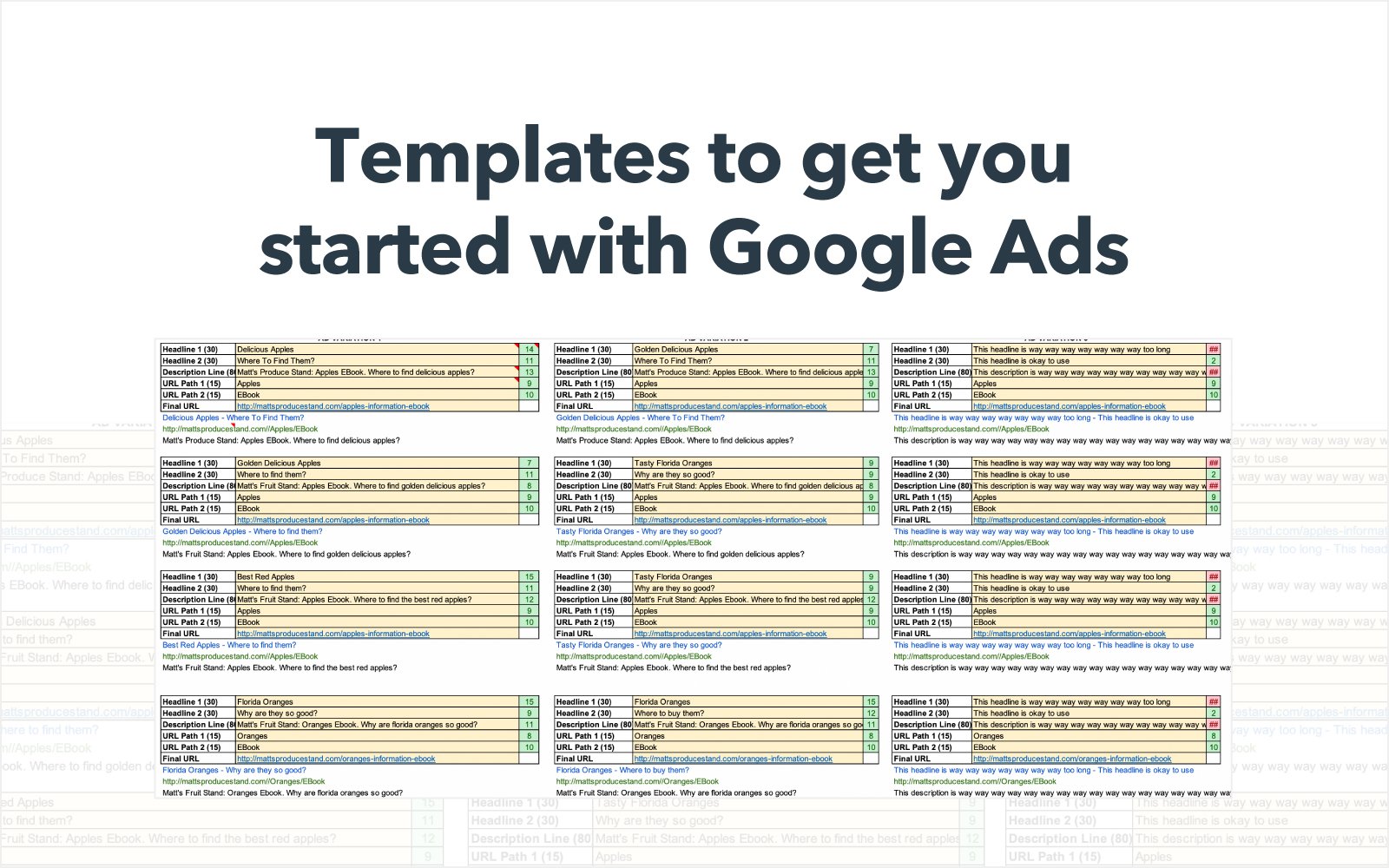8 Google Shopping Ad Strategies That'll Drive Sales
I love online shopping. In fact, online shopping is almost the only way I shop.
And I'm not alone.
In 2019, there were 263 million digital buyers in the U.S. By 2024, this figure is projected to increase to 282.7 million online buyers.
As a marketer, these figures prove that businesses should invest in Google shopping ads.
Google shopping ads, the ads that appear on the search engine results page when someone is searching for a product, can be confusing to set up.
In this post, we'll review how to structure your Google shopping campaign and the top strategies that'll drive sales.
Free Guide, Template & Planner: How to Use Google Ads for Business
Google Shopping Campaign Structure
There are two approaches you can use to set up your Google shopping campaign structure. You can use one campaign and one ad group, or you can set up multiple campaigns with varying ad groups and campaign priorities. Your Google shopping ads will be made up of campaigns, ad groups, and product groups.
If you want to set up Google shopping ads, you might be wondering, "Which campaign structure should I use?" and "What's the difference?"
Below, let's discuss the two different methodologies behind a Google shopping campaign structure.
Featured Resource: Google Ads Planning Template
Download this Template
While setting up Google Shopping Ads campaigns sounds complex, using a planning template can make it easier.
HubSpot's Google Ads PPC kit will help you determine what your bids should be, set up and optimize your budget, find new keywords, and optimize your campaigns.
1. One campaign and one ad group.
The simplest way to set up your Google shopping campaign is to use just one campaign and one ad group.
When you first set up a Shopping campaign, you'll have one ad group with one product group called "All products," which will include your entire inventory.
This is a great approach if you want to run a straightforward campaign, without using complex optimization techniques.
However, if you want to customize your bid based on which products you're selling, then this approach isn't for you.
2. Several campaigns with varying campaign priorities.
Instead of running one campaign with one ad group, you can run multiple campaigns and prioritize them based on your bidding strategy.
For example, you can set up a campaign targeting unbranded keywords by using a negative keyword list that includes your brand's name.
You might choose to have this campaign be a low or medium priority since the searchers who aren't using branded keywords are in the beginning stages of their research.
On the other hand, you can set up a second campaign targeting branded keywords and setting a high priority because these users are further in their buying journey and more likely to convert.
By using several ad groups, optimized with negative keywords, you'll have more control over the search terms that your product shows up for.
However, it's important to note that you can't choose which keywords your product shows up for. You can optimize your campaigns with negative keywords and customized bids, but you can't choose the keywords you want to target.

Comments
Post a Comment